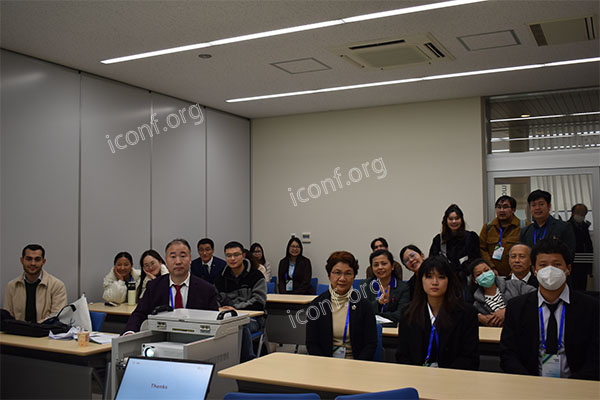In today's fast-changing world, environmental challenges coupled with technological advances are reshaping how we approach sustainability. A Call for Papers (CFP) in Environment Sciences and Technology represents a prime opportunity for researchers to showcase breakthrough research on topics such as green technology, renewable energy systems, eco-friendly innovations, and advanced monitoring tools. By contributing to these conferences, you not only elevate your work but also join an international effort to build a sustainable future.

Expand Your Global Reach:
Present your research to an international audience of academics, industry professionals, and policymakers.
Increase your research impact through high-visibility events.
Foster Interdisciplinary Collaboration:
Connect with experts across environmental sciences, engineering, and technology.
Build partnerships that merge scientific innovation with practical solutions.
Drive Technological Advancements:
Contribute cutting-edge research that addresses renewable energy, climate change mitigation, and sustainable resource management.
Influence policy and industrial practices through innovative solutions.
Receive Constructive Feedback:
Benefit from rigorous peer review that improves the quality and clarity of your work.
Use expert insights to refine your methodologies and extend the reach of your research.
Understand the CFP Guidelines:
Read Thoroughly: Ensure your research aligns with the specific themes—whether it’s climate resilience, smart environmental monitoring, or green technology innovation.
Meet Requirements: Follow all formatting, citation, and deadline details to prevent technical rejections.
Craft a Powerful Abstract:
Concise Overview: Clearly state your research question, methodology, key findings, and significance.
SEO Optimization: Integrate relevant keywords such as "environmental research" and "sustainable technology" naturally throughout the text.
Organize Your Manuscript Effectively:
Logical Structure: Utilize the IMRaD (Introduction, Methods, Results, Discussion) format for clear communication.
Visual Enhancements: Use high-quality figures, charts, and tables to illustrate data and support your conclusions.
Emphasize Originality and Practical Impact:
Innovative Contributions: Detail how your work introduces new perspectives or technologies that advance environmental science.
Real-World Applications: Highlight practical implications for solving pressing sustainability challenges.
Ensure Professional Quality:
Editing & Proofreading: Use professional services to polish your document and guarantee error-free submission.
Strict Adherence: Follow all submission instructions to maximize your chances of acceptance.
For researchers in Environment Sciences and Technology, iconf.org is a leading resource designed to streamline your CFP submission process and amplify your research impact:
Curated CFP Database: Access a centralized listing of international CFP opportunities tailored to environmental sciences and related technologies.
Expert Guidelines and Tips: Gain insights and best practices for crafting compelling submissions that meet global academic standards.
Global Networking: Connect with a dynamic community of scholars, industry experts, and policy influencers dedicated to sustainable innovation.
Integrated Research Tools: Explore a wealth of high-quality academic papers, journals, and datasets to support your research and enhance your presentations.
Responding to an Environment Sciences and Technology CFP is more than a submission—it's your chance to join a global movement toward sustainable innovation. By following best practices in manuscript preparation, writing a compelling and SEO-friendly abstract, and leveraging the extensive support offered by iconf.org, you can significantly boost your academic influence and drive real-world change.
Take action now: prepare your submission today and let your research contribute to a greener, more sustainable future. Visit iconf.org to explore additional resources and unlock exciting opportunities for academic excellence and collaboration.